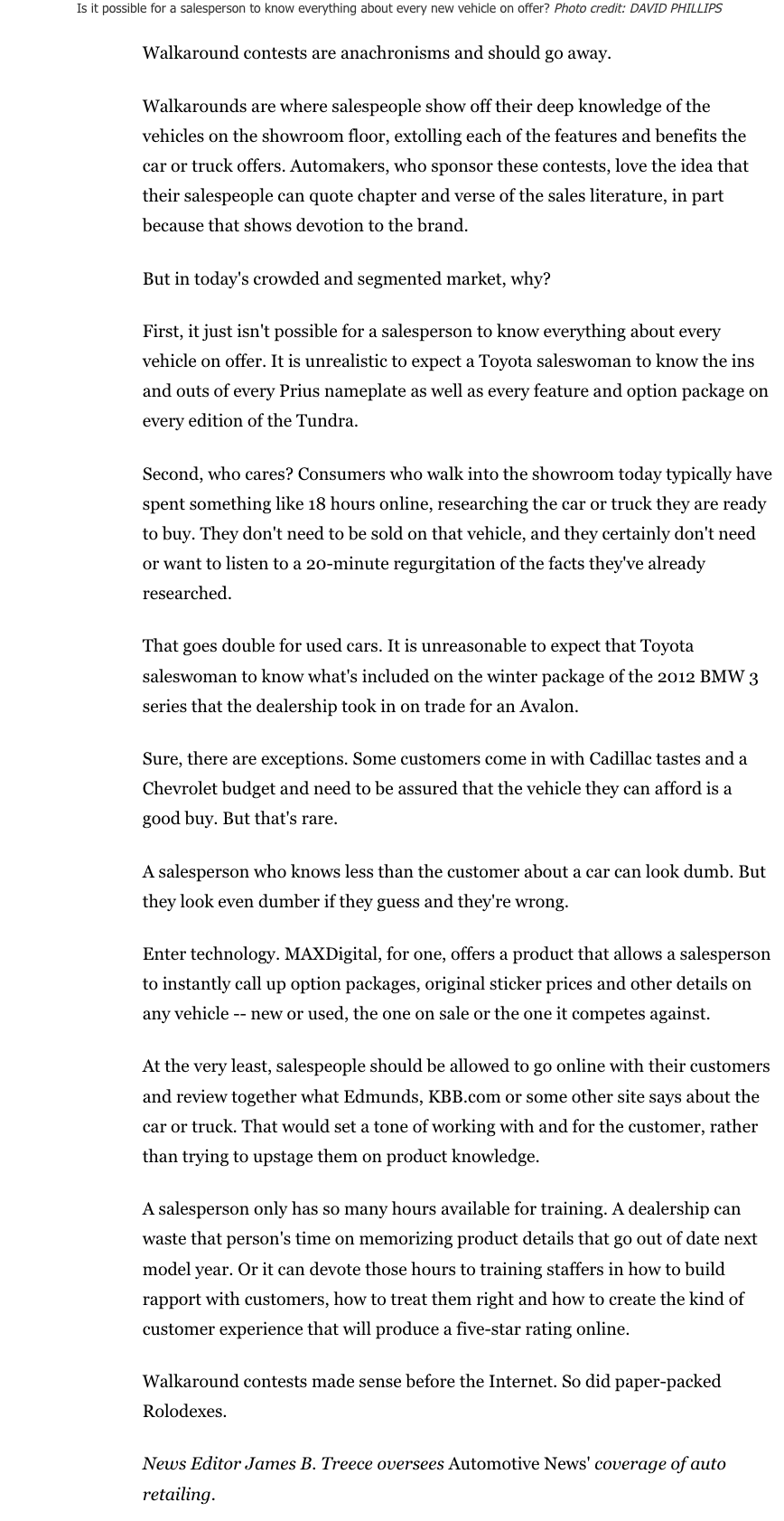As a manager, you have to lead. Chastising an employee is counterproductive and only increases the odds of them not wanting to follow. There are times, however, when a manager does lose their cool. You can’t “take it back,” but you can have a sincere conversation with that employee, admit that what you did was wrong and apologize. Oftentimes, by doing that, you may find that you’ve actually motivated the employee to follow you moreso than they would have if you not only hadn’t lose your cool but also if you had done nothing at all.







